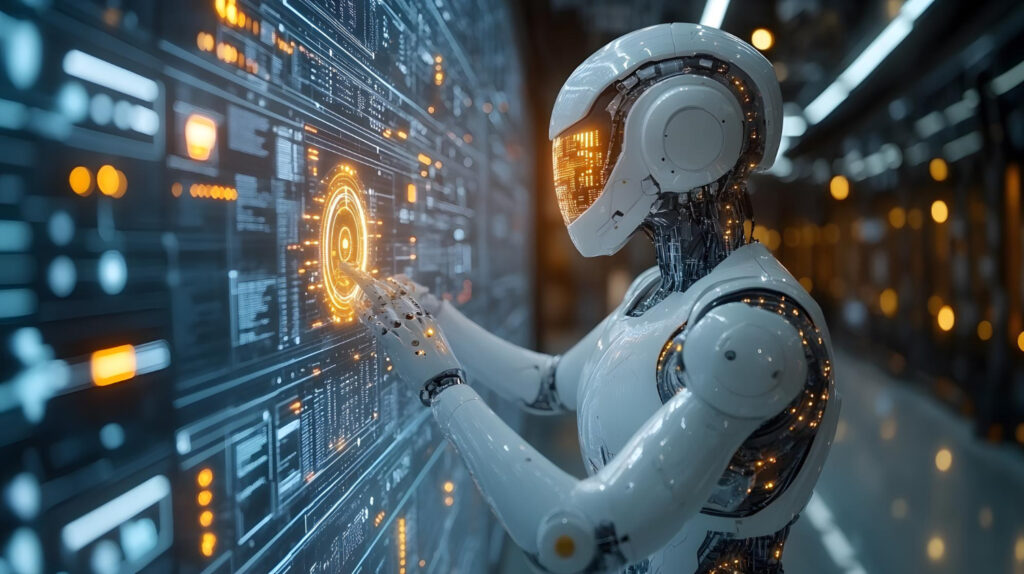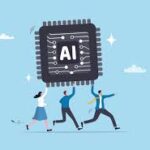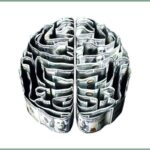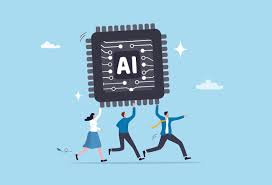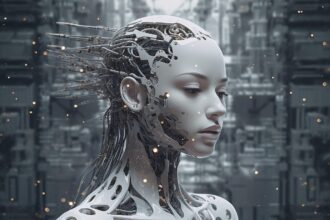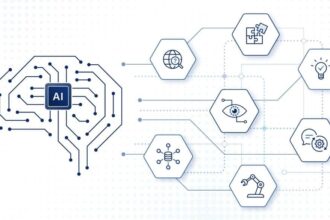Remember when we thought robots would look like C-3PO, walking around with jerky movements and speaking in monotone voices? Well, that future has come and gone faster than we could’ve imagined. Today’s robots don’t just walk among us – they’re already quietly revolutionizing how we live, work, and interact with the world around us.
Here’s the thing: the robots of tomorrow won’t necessarily look like the humanoid figures from sci-fi movies. They’re more likely to be the invisible helpers integrated into our homes, the autonomous vehicles navigating our streets, and the sophisticated assistants making our workplaces more efficient. We’re standing at the threshold of a robotics revolution that’s less about replacing humans and more about enhancing our capabilities in ways we’re just beginning to understand.
The transformation isn’t happening in some distant future – it’s happening right now, and it’s about to accelerate dramatically.
The Rise of Intelligent Home Companions
Let’s be honest: our homes are already getting smarter, but we’re about to witness a quantum leap in domestic robotics. The robot vacuum bumping around your living room? That’s just the beginning.
Within the next decade, we’ll see AI-powered home robots that can fold laundry, prepare simple meals, and even provide companionship for elderly family members. These aren’t just upgraded appliances – they’re learning machines that adapt to your household’s unique rhythms and preferences.
Take the emerging category of elder care robots. Companies in Japan and South Korea are already deploying robots that can remind seniors to take medications, detect falls, and provide basic conversation. But here’s what makes this truly revolutionary: these robots learn individual preferences over time. They remember that grandma prefers her tea at 3 PM, or that grandpa gets anxious when the weather changes.
The really exciting part? These robots won’t require a computer science degree to operate. They’re being designed with natural language processing that lets you communicate with them as naturally as you’d talk to a family member. “Could you help me organize the kitchen?” might soon be a perfectly reasonable request to make of your household robot.
Transportation: The Autonomous Revolution
You know what’s interesting about self-driving cars? The technology isn’t just about getting from point A to point B anymore – it’s about fundamentally reimagining what transportation means.
The autonomous vehicles rolling out in the coming years will be mobile living spaces, offices, and entertainment centers. Imagine your morning commute becoming productive work time or quality moments with family, rather than the stressful navigation we’re used to. The car becomes less of a machine you operate and more of a service that operates around you.
But let’s zoom out for a moment. The real game-changer isn’t just individual autonomous cars – it’s entire transportation ecosystems powered by AI. Picture fleets of self-driving vehicles that communicate with each other to optimize traffic flow, reduce accidents, and minimize environmental impact. These systems will make decisions in milliseconds that human drivers simply can’t process fast enough.
Delivery robots are already a reality in many cities, but we’re moving toward a world where autonomous vehicles of all sizes – from tiny sidewalk bots delivering your groceries to large trucks transporting goods across the country – work together as an interconnected network. The implications for urban planning, environmental sustainability, and quality of life are staggering.
The Workplace Revolution: Collaboration, Not Replacement
Here’s where things get really fascinating. Despite all the headlines about robots taking jobs, the most significant workplace trend we’re seeing is human-robot collaboration rather than replacement.
In manufacturing, we’re already seeing “cobots” – collaborative robots designed to work safely alongside humans. These machines handle the repetitive, physically demanding tasks while humans focus on problem-solving, creativity, and complex decision-making. It’s not about humans versus machines; it’s about combining human intuition and adaptability with robotic precision and endurance.
But the workplace robotics revolution extends far beyond factory floors. In hospitals, robots are assisting with surgeries, delivering medications, and even providing emotional support to patients. In retail environments, robots help with inventory management and customer service. The key insight here is that these robots aren’t trying to mimic humans perfectly – they’re designed to complement human capabilities.
What makes this particularly exciting is how AI enables these robots to learn and improve continuously. A surgical robot doesn’t just follow pre-programmed instructions; it learns from thousands of procedures to suggest optimal approaches for specific patients. A retail robot doesn’t just scan barcodes; it learns customer patterns to help optimize store layouts and inventory management.
Agriculture and Environmental Stewardship
Don’t overlook one of the most promising applications of AI-powered robotics: environmental conservation and sustainable agriculture. This might not grab headlines like humanoid robots, but it could be the most important application for our planet’s future.
Agricultural robots equipped with computer vision and AI can identify individual plants, assess their health, and provide precisely targeted care. Instead of spraying entire fields with pesticides, these robots can identify specific plants that need treatment and apply chemicals only where necessary. The environmental and health implications are enormous.
We’re also seeing the development of robots designed for environmental restoration. Imagine autonomous systems that can plant trees in areas affected by deforestation, or underwater robots that help restore coral reefs by monitoring water conditions and removing invasive species.
These environmental applications highlight something crucial about the future of robotics: the technology’s greatest impact might come not from replacing human labor, but from enabling us to accomplish tasks that are currently impossible or impractical at scale.
Challenges and Considerations
Let’s be realistic about the challenges ahead. The integration of AI-powered robots into daily life raises important questions about privacy, security, and social impact that we’re still learning how to address.
When your home robot knows your daily routines, your health patterns, and your personal preferences, who has access to that data? How do we ensure these systems remain secure against hacking or misuse? These aren’t just technical challenges – they’re fundamental questions about how we want technology to integrate with our lives.
There’s also the economic transition to consider. While history suggests that technological advances ultimately create more jobs than they eliminate, the transition period can be challenging for individuals and communities. The key is ensuring that education, training, and social support systems evolve alongside the technology.
Looking Ahead: A World Enhanced by Robots
The future of robotics isn’t about a world where humans become obsolete – it’s about a world where human potential is amplified by intelligent machines. We’re moving toward a reality where routine tasks are handled seamlessly by AI-powered systems, freeing us to focus on creativity, relationships, and solving complex problems.
The most exciting aspect of this transformation is how it might change our relationship with technology itself. Instead of adapting ourselves to use rigid tools, we’re developing tools that adapt to us. The robots of tomorrow will understand context, learn from experience, and respond to natural communication in ways that feel less like using a machine and more like collaborating with an intelligent partner.
This isn’t science fiction – it’s the natural evolution of technologies that already exist today. The question isn’t whether AI-powered robots will become part of our daily lives, but how thoughtfully we’ll integrate them to enhance human flourishing while addressing the challenges they present.
The future we’re building is one where technology serves humanity’s highest aspirations. And frankly, that future looks pretty amazing.
